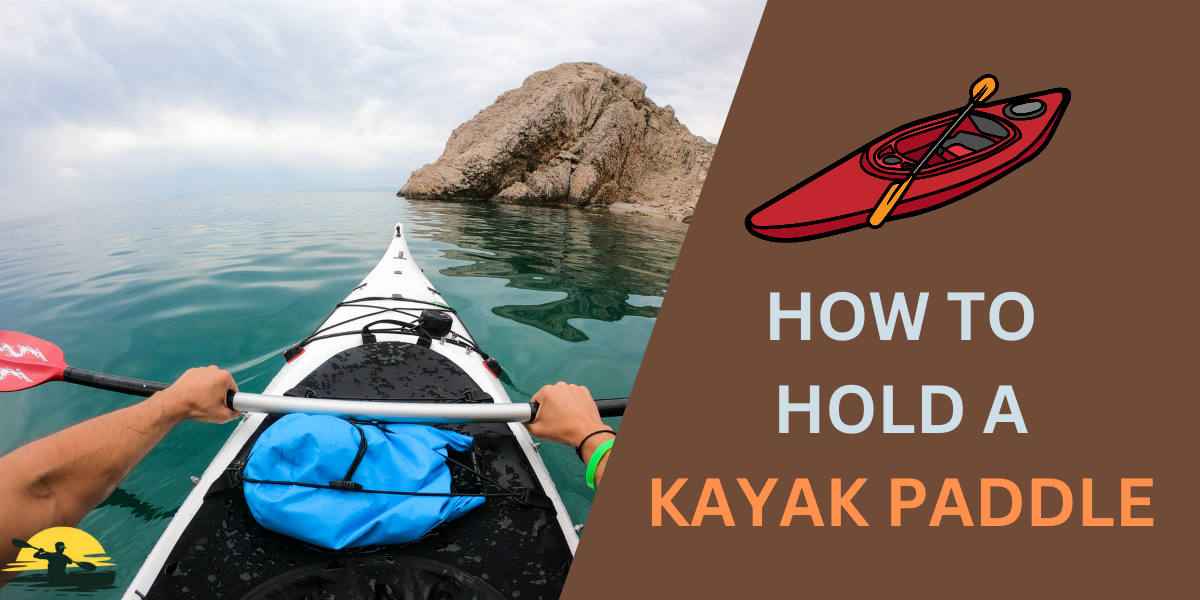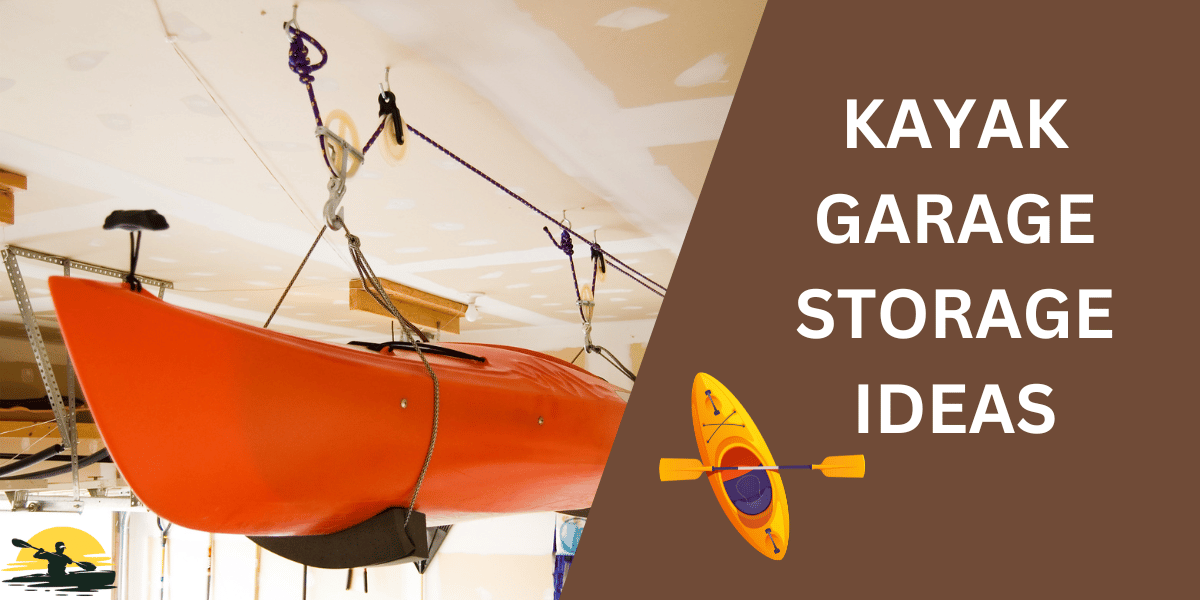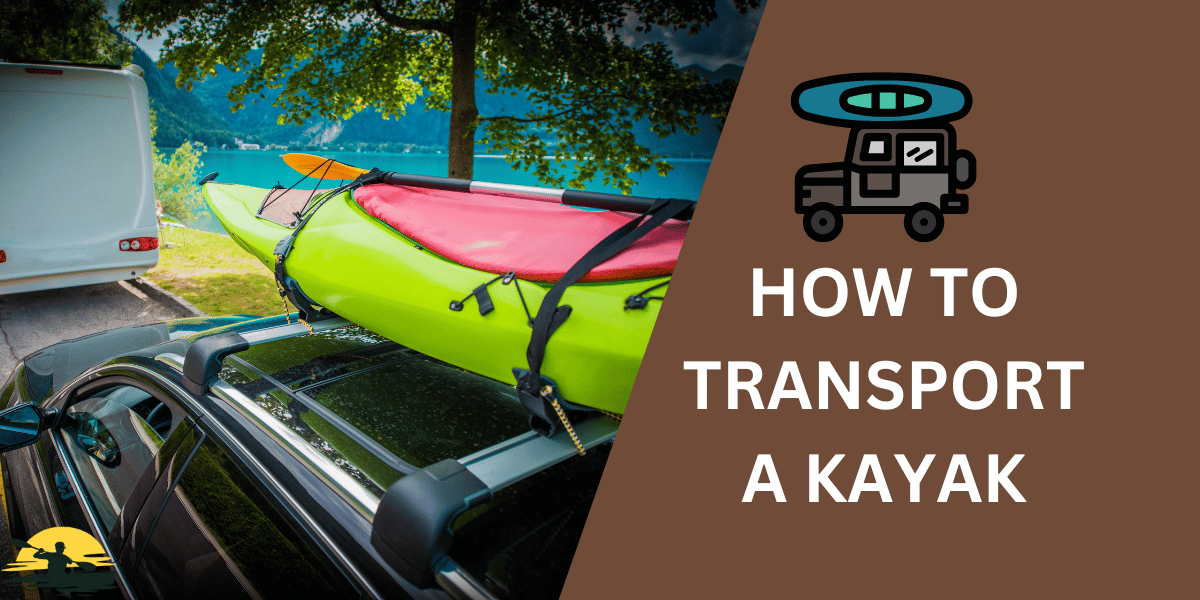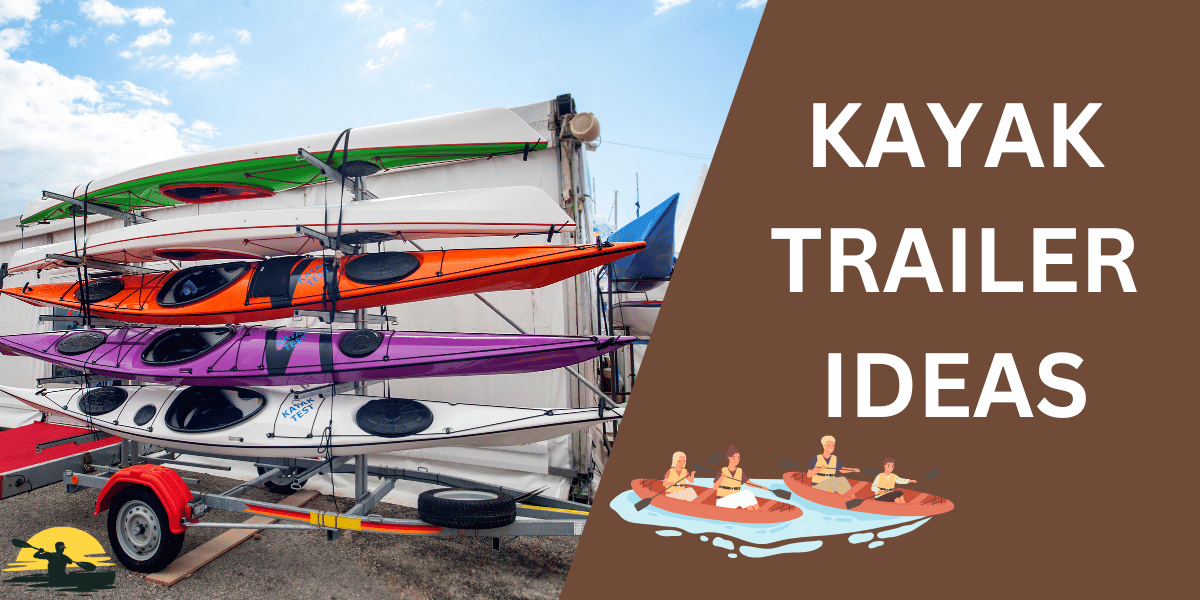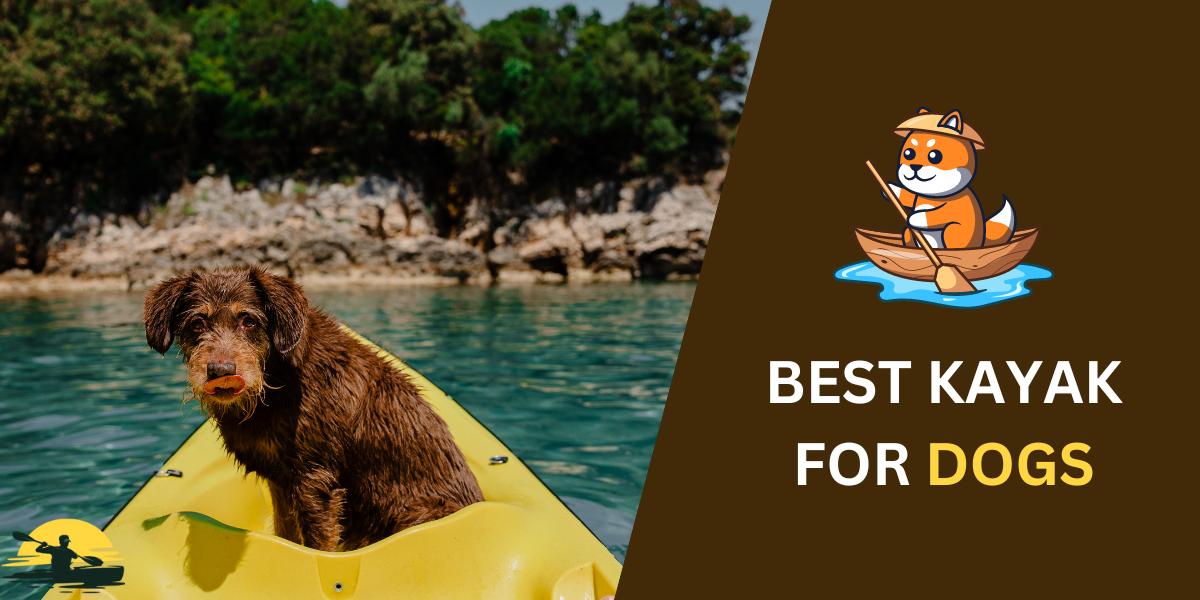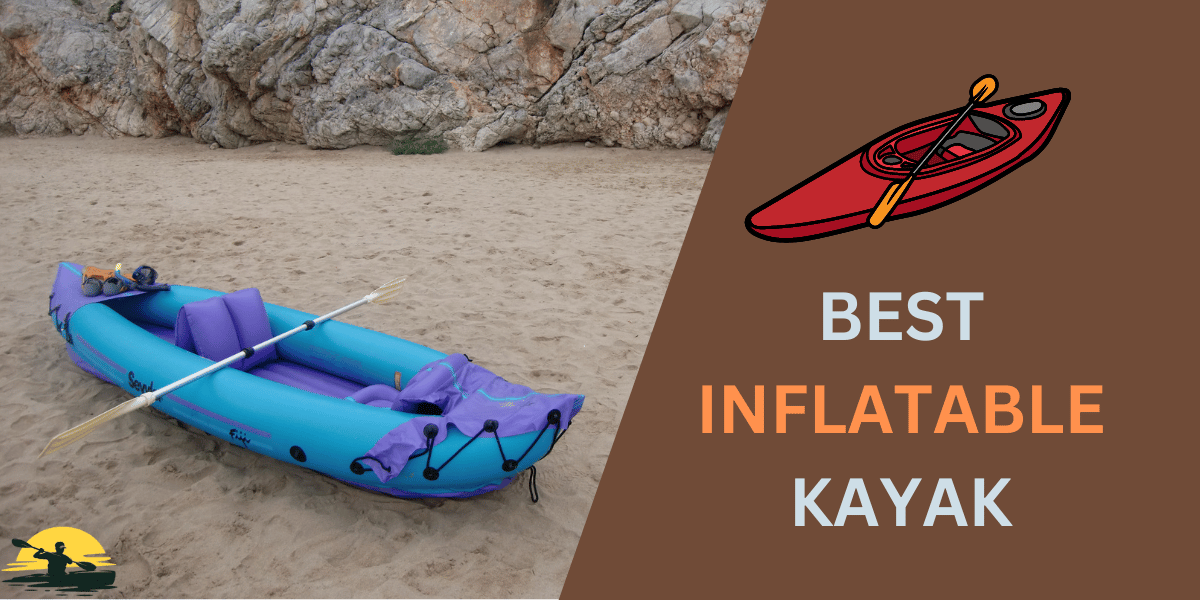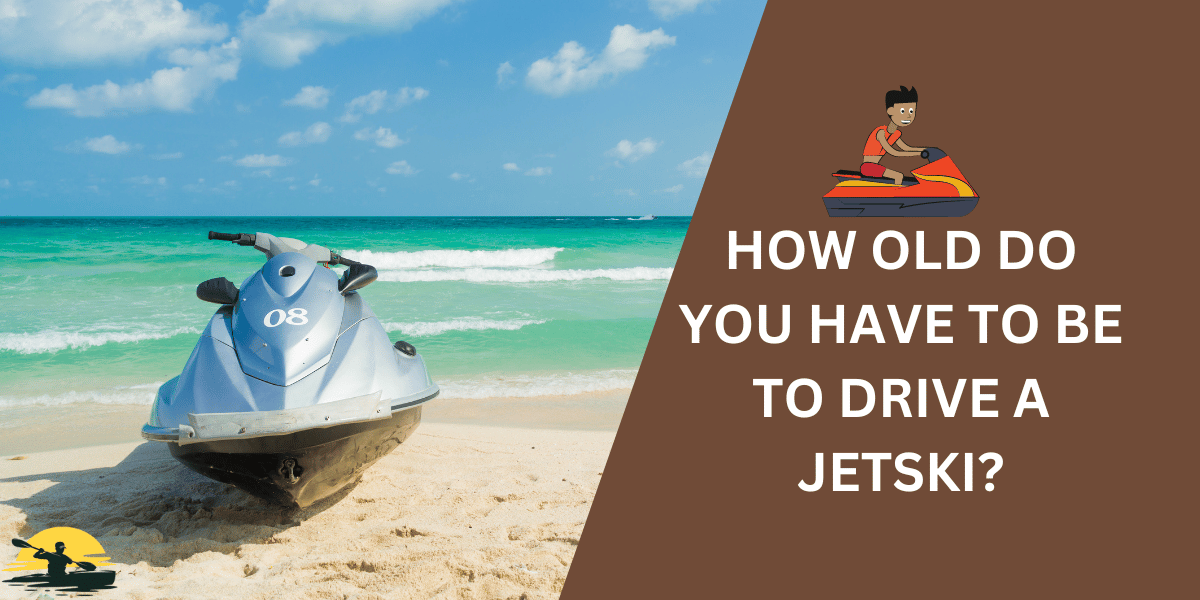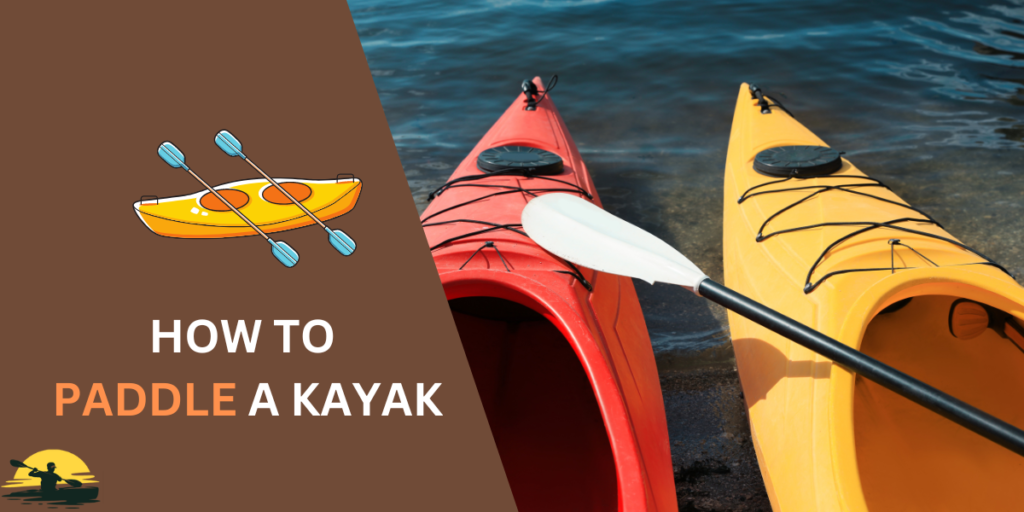
Kayaking looks awesome! You want to explore lakes and rivers, but how do you choose the right kayak paddle or figure out those twisty paddle strokes?
There’s all this gear with weird names (fiberglass blades? aqua bound?), plus it seems like you need to be an octopus to paddle without tipping over!
Don’t worry; kayaking is way easier than it looks!
With a little guidance, you’ll be choosing the perfect paddle length, paddling at the right pace, and even learning cool turns in no time.
Get ready to hit the water; adventure awaits!
Gear Up for Success
Kayaking doesn’t need a ton of fancy stuff, but having the right gear will make all the difference in having a fun, safe time.
Here’s what you need to get started:
Choosing Your Kayak
Picking the right kayak is a whole topic in itself! But for now, here’s the basics:
- Sit-in Kayaks: You sit inside with your legs below a deck. These are good for cooler weather or if you want a drier ride.
- Sit-on-top Kayaks: You sit on top, like a bit of a chair. These are easier to get in and out of, which is excellent if you like swimming or fishing from your kayak.
- Recreational Kayaks: Perfect for beginners! They’re stable and easy to maneuver.
- Touring Kayaks: Longer and skinnier than recreational kayaks, they’re made for going long distances and exploring open water.
Think about where you’ll mostly be paddling and how much experience you have, and don’t forget how you’ll store your kayak!

The Must-Have Kayak Paddle
Your kayak paddle is how you move! Here’s the lowdown:
- Parts of a Paddle:
- Blade: The wide, scooping part that goes in the water.
- Shaft: The long part you hold.
- Grip: Where you put your hands.
- Sizing is Key: Getting the correct length for your height and the width of your kayak is super important. A store can help, or you can check size guides online.
- Material Matters:
- Aluminum paddles are cheaper but heavier.
- Fiberglass shafts and blades are lighter and can help you paddle efficiently.
- Fancy carbon fiber paddles are the lightest but also the most expensive!

Essential Safety Equipment
Safety comes first, always! No matter where you’re paddling, you need:
- Personal Flotation Device (PFD): This is like a life vest designed for paddling so it doesn’t get in your way.
- Whistle: To get help if there’s an emergency
- Dry bag: Protects your phone, keys, and snacks from splashing water
- Optional, But Smart:
- First aid kit: For those little scrapes
- Helmet: Important for whitewater paddlers
- Water Shoes: If where you’re paddling is rocky

The Perfect Paddling Form
Good form isn’t just about looking cool (although it helps!).
It’s about paddling longer without getting tired and avoiding sore muscles the next day.
Body Positioning
- Sit Up Straight: Good posture is critical to using the right muscles. Slouching makes you work harder!
- Core Power: Your abs and back do much of the work, not just your arms. Think of them as your paddling engine!
- Foot Power: Press your feet against the inside of your kayak for extra stability and a more vigorous stroke.

Grip and Hand Placement
- Control Hand vs. Loose Hand: Your top hand stays in the same place on the paddle shaft; the bottom one rotates a bit with each stroke.
- Knuckles Up: Make sure the knuckles on both hands line up with the top blade of your paddle.
- Shoulder-Width Apart: This hand spacing is usually the most comfortable.
The Fundamental Forward Stroke
This is the stroke you’ll use most! Think of it in three parts:
- Catch:
- Rotate your upper body and dip one paddle blade fully next to your feet. It should be almost vertical!
- Keep both blades in the same plane (like sliding on a table).
- Power:
- As the blade moves behind you, twist your torso – not just your arms!
- Focus on pushing with your top hand and pulling with the bottom blade.
- Imagine scooping water with the bottom blade!
- Recovery:
- Lift the blade when your hand reaches your hip, then switch to the opposite side.
- Keep the blade low and close to your kayak.

Pro-Tips
- Don’t grip your paddle too tight! A gentle grip saves your hands.
- Your torso does the heavy lifting. Your arms guide, they don’t do all the work!
Beyond the Basics: Mastering Maneuvers
Now that you know the basic paddle strokes, it’s time to level up!
Here’s how to turn your kayak and handle those tricky situations:
Turning Strokes
- Sweep Stroke: Remember that long, wide arc we talked about? Imagine painting a big smile across the water with your kayak paddle. This gives you smooth, gradual turns.
- Draw Stroke: To move your kayak sideways, hold the paddle blade flat against the same side of your kayak and pull hard towards your body. Perfect for getting close to shore or dodging an obstacle.
- Reverse Stroke: It’s your trusty forward stroke but in reverse! It works like a brake to slow down or let you back out of tight spots.

Advanced Techniques
Once you get comfortable, here are two more tricks to try:
- Edging: Tilting your kayak slightly helps make sharper turns. This takes some practice, but it’s super helpful!
- Bracing: A low or high brace gives extra support if you feel tippy. Think of it like a safety net for rougher water.
Note: These techniques are best learned from an instructor or watched a few tutorials before trying them on your own!
Tips and Tricks for a Smooth Paddling Experience
Beyond strokes, here are some things that make all the difference on your kayaking trip:
Reading the Water
- Currents: Rivers have currents, but some lakes and coastal areas also have them. Learn how they push your kayak and how to steer against them.
- Wind: Wind can be a friend (if it’s at your back) or a pain (if it’s blowing you away from where you want to go!). Check the forecast and adjust your plan.

Paddling with a Partner
- Stay in Sync: Try to time your paddle strokes together; it’ll make you go much faster!
- Talk It Out: Simple commands like “switch!” or “left turn” keep everyone on the same page.
Staying Comfortable
- Sun Smarts: Hat, sunscreen, the works! It’s easy to get burnt when you’re out on the water.
- Hydration Station: Bring lots of water. Dehydration can ruin your day fast.
- Layers: You might get hot or cold out there, so wear clothes you can easily remove or add on.
Where to Go From Here
You’ve got the basics down, so it’s time for even more kayaking adventures! Here are ways to keep the fun going:
Find Cool Places to Paddle
The world is your oyster (well, maybe a lake or river)! Here’s how to find extraordinary places to take your kayak:
- Go Online: Search for things like “kayaking near me” or check out these websites:
- Paddle Trails: https://myfwc.com/viewing/paddling-trails/
- American Kayaking Association: https://americancanoe.org/
- Ask Around: Local outdoor stores or park rangers often have the best tips on nearby spots.
- Start Small: A hidden gem of a lake or calm river might be closer than you think!
Join a Club or Group
Paddling with other people is a blast! Here’s why you should find a group:

- Learn from the Pros: Experienced kayakers can give you technique tips and show you new moves faster than trying to figure it out alone.
- Secret Spots: Club members often know about tucked-away places to paddle that you might not find on your own.
- Safety Buddies: Paddling with others is always smarter, especially when exploring new areas.
Keep Learning & Upgrading
Kayaking is a sport where you never stop learning!
- Lessons & Workshops: Want to try whitewater kayaking or perfect your role? Find a qualified instructor to teach you safely.
- Online Resources: Many videos and articles can help you with advanced techniques or kayaking-specific fitness.
- Fancy Gear (Maybe): As you get more serious, things like a lighter paddle or a rudder for your kayak can make a big difference.
A Few More Things to Think About:
- Paddle Feathering: Angling the blades of your paddle slightly (like bird wings) can make paddling more efficient and less tiring for your wrists.
- Paddle Sizing: Using the right size paddle prevents soreness and allows you to paddle with more power. Even if you rented a kayak to start, it’s worth looking into buying your own.

Conclusion
See? Kayaking isn’t as complicated as it looks.
With the right gear, a little practice with your paddle strokes, and an intelligent plan, you’re ready to have some fantastic adventures on the water.
Remember, everyone starts somewhere! The most important thing is to get out there, have fun, and explore the world from your kayak.
Comment below if you have questions or fantastic stories about your kayaking trips!
Frequently Asked Questions
What’s the best way to hold my kayak paddle?
Think about your knuckles lining up with the top blade. Grip firmly, but not too tightly, with your hands shoulder-width apart on the paddle shaft.
How deep should my paddle blade go in the water?
Ideally, you want the entire blade immersed during the power phase of your stroke for maximum power. But don’t worry about being exact when you’re starting!
Does a broader paddle blade make a difference?
Wider blades give you more power but tire you out faster. Most beginners and recreational paddlers are better off with a medium-width blade.
Is it hard to get back in my kayak if I tip over?
Calm water makes it way easier! Practice with a friend or in a shallow spot until you master flipping your kayak back upright and safely climbing in.
Can I teach myself to kayak?
Definitely! This guide is a great start, with many online videos for learning specific skills. But for mastering trickier stuff or paddling in challenging conditions, taking a lesson with an instructor is the safest way to learn.


